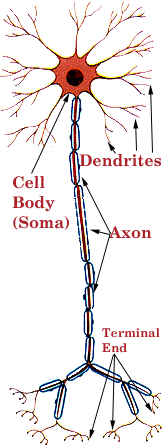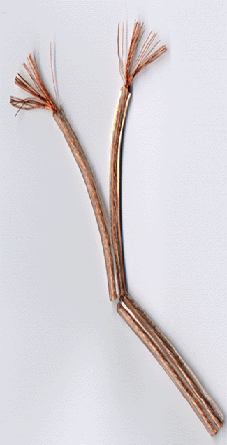Axons, One of the Most Important Cellular Structures of the Brain
The axon is the part of the nerve cell that transmits the nerve impulses from one nerve cell to another, in a similar way that electrical impulse are transferred down a wire. Like a wire, if the axon is torn or broken, the nerve impulse will not be transmitted. And like a wire, axons may have insulation, which when it becomes damaged as a result of forces placed against the axon, may cause serious problems to the nerve cell, even if the axon is not actually torn.
As you can imagine, if the axons in the brain are damaged because of a blow to the head, brain injury will occur. Let’s again compare axons to an electrical wires. An example would be a vacuum cleaner cord. I know myself have done this many times. In the course of vacuuming I have let the blades of the vacuum head sit on the cord, unknowingly. Will the vacuum cleaner quit working because the wires are bare? No, it will continue to vacuum but if I touch the part of the cord in which the rubber has been worn off, I will get an electrical shock. This is because the “insulation” from the electricity is no longer there and now it is exposed to do damage. Our anatomy has all types of protection equipment or insulation against unexpected force. The brain is insulated by your skull. Our nerves, arteries, veins and organs are insulated or protected by our skin. If any one of the insulation factors of our bodies is damaged, the parts that it was placed there to protect is now exposed and injury will occur.
Once the axons are damaged the normal transmission of impulses from one nerve to another is hampered which will cause different parts of the brain, depending where the damage has been done, to not function properly.



